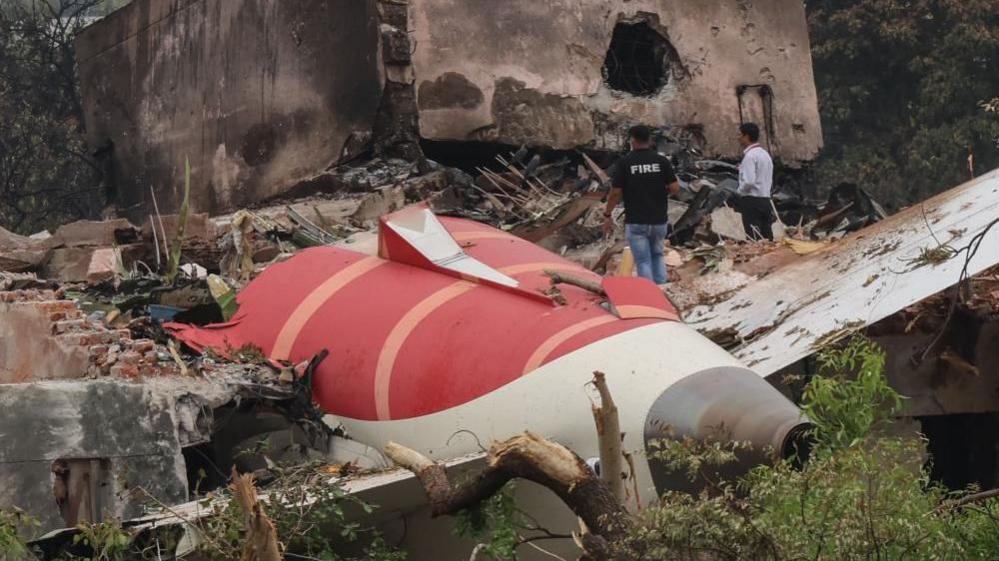
Ahmedabad: Officials from the Aircraft Accident Investigation Bureau (AAIB) have arrived in Ahmedabad following the crash of the Air India flight bound for London on June 12, which resulted in 241 fatalities out of 242 passengers onboard. The AAIB, a division under India’s Ministry of Civil Aviation, is tasked with investigating aircraft accidents in the country.
On Thursday, Union Civil Aviation Minister Ram Mohan Naidu confirmed that a formal inquiry has been initiated into the incident involving Air India flight AI-171. Naidu shared on X (formerly Twitter) that the investigation is being carried out in accordance with international standards set by the International Civil Aviation Organisation (ICAO).
The Boeing 787-8 aircraft, which was traveling from Ahmedabad to London, crashed into a residential hostel of doctors shortly after takeoff from Sardar Vallabhbhai Patel International Airport. Meanwhile, the US’s National Transportation Safety Board (NTSB), which investigates civil aviation accidents, is preparing to send a team of experts to India to assist in the ongoing investigation.
In addition, the Indian government has formed a high-level multidisciplinary committee to determine the causes of the crash and recommend safety measures. The committee will review existing standard operating procedures (SOPs), guidelines, and protocols related to preventing such incidents and managing the aftermath. It will have access to all relevant data, including flight records, cockpit voice recordings, aircraft maintenance logs, air traffic control records, and witness statements. The committee is expected to submit its findings within three months.
Led by the Union Home Secretary, the committee will include officials from various agencies such as the Civil Aviation Ministry, Indian Air Force, Gujarat state government, disaster response authorities, Ahmedabad police, and aviation safety organizations. It may also include aviation experts, accident investigators, and legal advisors. The committee’s primary focus will be to develop comprehensive SOPs and define the roles of all involved agencies for future incident prevention and management.
